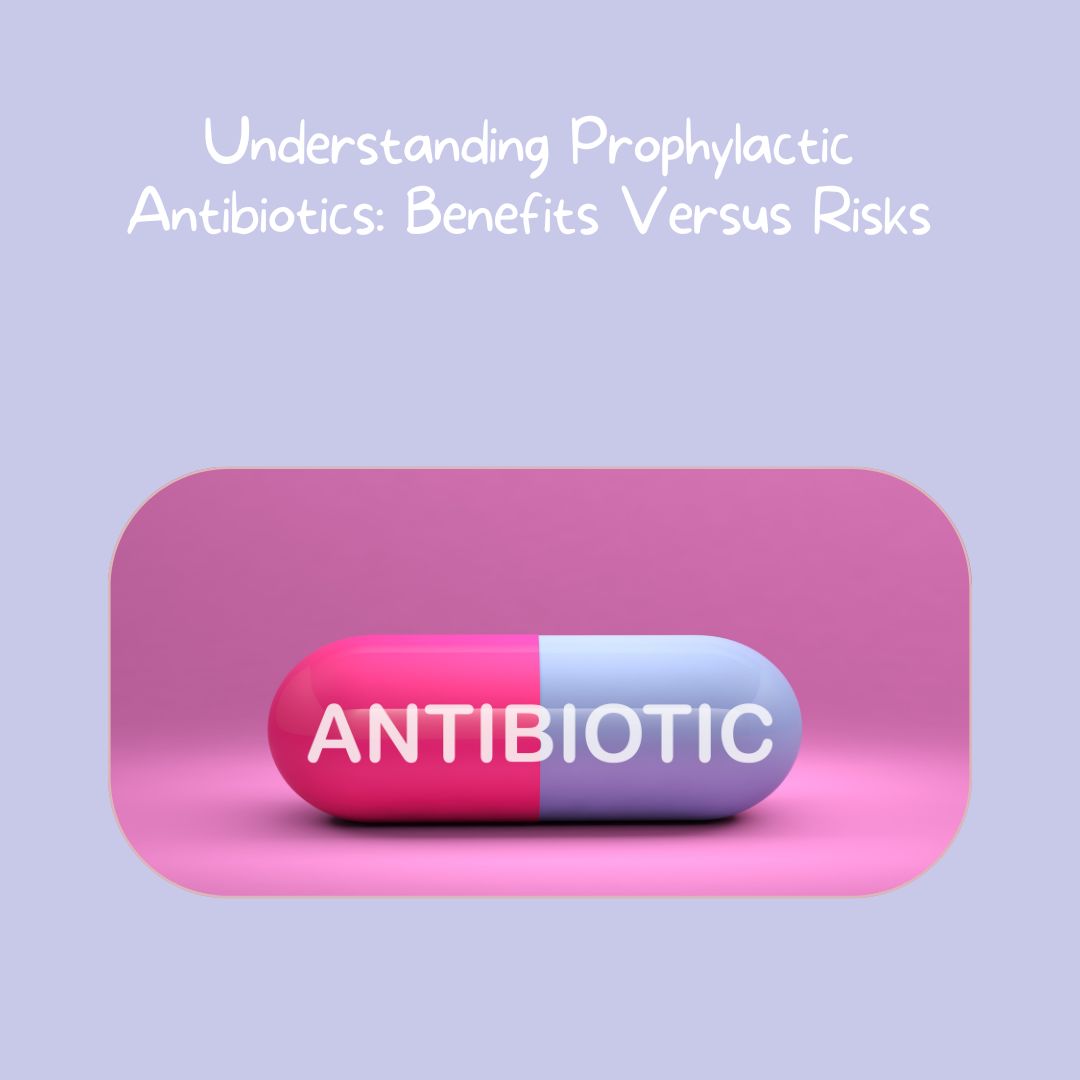Understanding Prophylactic Antibiotics: Benefits Versus Risks

Prophylactic antibiotics are commonly used in the medical field to prevent potential bacterial infections. Like any medication, understanding its benefits and risks is crucial. While these preventive drugs have undeniably played a crucial role in controlling infectious diseases, their misuse can lead to serious consequences such as antibiotic resistance.
Benefits of Prophylactic Antibiotics
Prophylactic antibiotics can significantly reduce the risk of infections following surgery, particularly in procedures with high infection rates. They also have a role in preventing endocarditis in patients with specific heart conditions undergoing dental procedures, and they can protect against bacterial infections in immunocompromised individuals.
Risks Associated with Prophylactic Antibiotics
On the flip side, misuse of prophylactic antibiotics can lead to bacterial resistance, making infections more challenging to treat in the future. Overuse may also result in adverse reactions, including allergic reactions, gastrointestinal upset, and potentially harmful changes to the body’s natural microbiota.
Balancing the Benefits and Risks
The key to optimizing the use of prophylactic antibiotics is to balance their benefits and risks. This requires clear guidelines for their usage, an understanding of patient-specific factors, regular reviews of clinical practice, and public health initiatives to increase awareness about appropriate antibiotic use.
Importance of Proper Guidelines
Proper guidelines for the use of prophylactic antibiotics are vital. These guidelines should be based on the latest scientific research and regularly updated to reflect changes in our understanding of bacterial infections and resistance patterns.
Understanding Patient-Specific Factors
Individual patient factors should also be considered, such as their risk of infection, overall health status, and potential to develop adverse reactions to the antibiotics.
Regular Reviews of Clinical Practice
To ensure the appropriate use of prophylactic antibiotics, healthcare providers should regularly review their prescribing practices, reflecting on their decisions and adjusting their strategies as needed.
Public Health Initiatives
Public health initiatives can play a significant role in optimizing the use of prophylactic antibiotics by increasing awareness about the risks associated with overuse and misuse. This may include educational campaigns for both healthcare providers and the public.
Conclusion
Balancing the benefits and risks of prophylactic antibiotics is crucial in modern medicine. With the appropriate use, these antibiotics can effectively prevent infections and save lives. However, misuse can lead to serious consequences. By adhering to guidelines, considering patient-specific factors, and encouraging public health initiatives, we can promote the responsible use of these powerful preventive tools.
One Comment